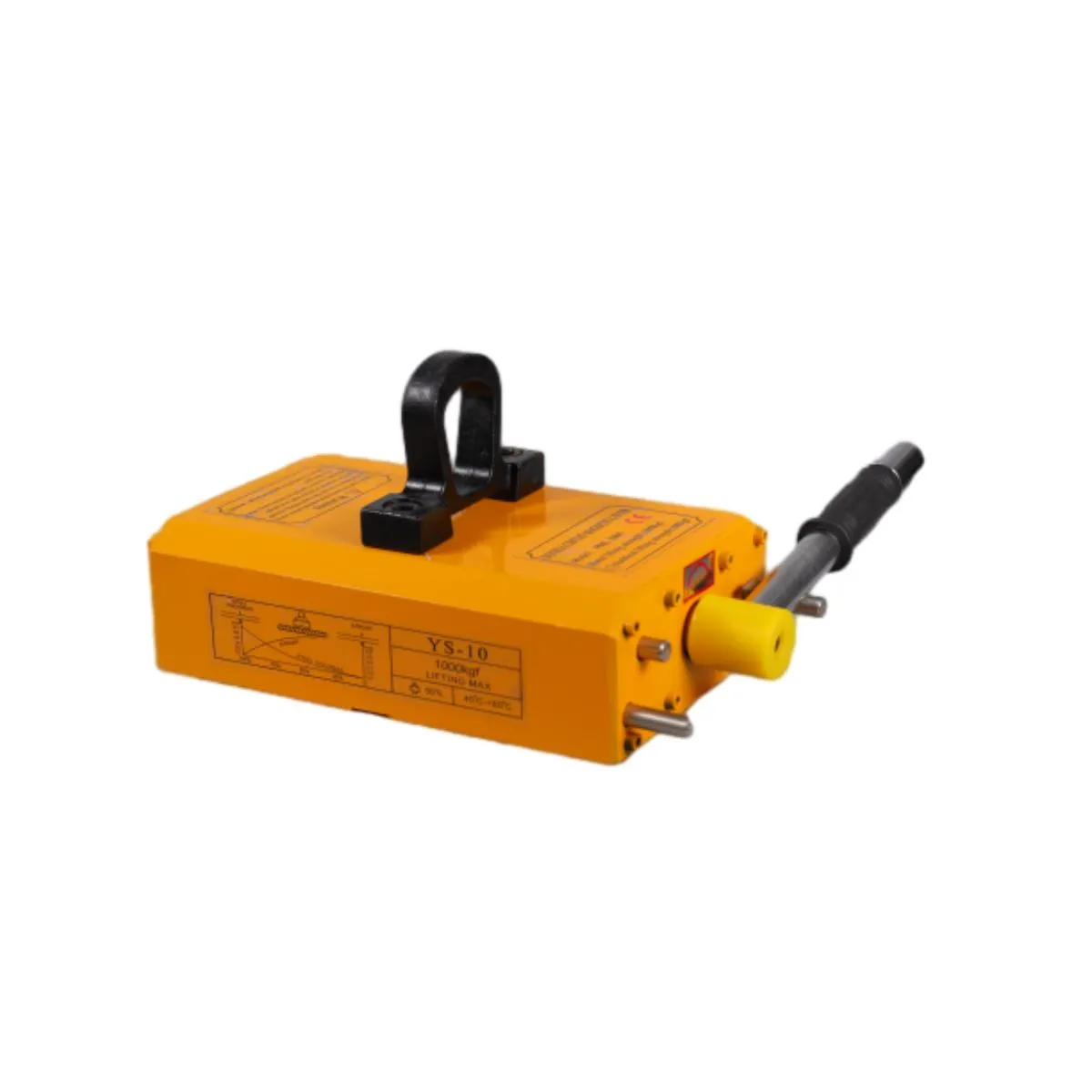rectangular lifting magnet
Understanding Rectangular Lifting Magnets Applications and Benefits
In various industrial settings, the need for efficient and reliable lifting mechanisms is crucial. Among these mechanisms, rectangular lifting magnets have gained significant prominence due to their robust construction and versatile applications. This article explores the fundamental concepts behind rectangular lifting magnets, their design features, operational principles, and numerous applications across different industries.
What Are Rectangular Lifting Magnets?
Rectangular lifting magnets are powerful electromagnetic devices designed to lift and transport ferrous materials, such as steel and iron, with ease. Their rectangular shape allows for efficient stacking and an enhanced contact surface area, making them particularly effective for moving flat and sheet-like objects. These magnets are commonly activated using electrical currents that create a magnetic field, enabling the lifting of heavy loads without physical contact.
Design Features
One of the defining features of rectangular lifting magnets is their construction. Typically, these magnets consist of a steel body housing the electromagnetic coil. The coil is wound around a ferromagnetic core, which amplifies the magnetic field generated when electricity flows through it. The ergonomic design of rectangular lifting magnets often includes handles or hooks for secure attachment to lifting equipment, providing ease of use and enhancing safety.
Additionally, many rectangular lifting magnets come with various operational modes, such as manual or automatic activation mechanisms. This versatility allows users to select the most appropriate mode for their specific lifting tasks, further optimizing efficiency and safety.
Operational Principles
The operation of rectangular lifting magnets relies on the principles of electromagnetism. When an electric current passes through the coil, it generates a magnetic field around the coil, magnetizing the ferromagnetic core within. This magnetization allows the magnet to attract and lift ferrous materials. When the power supply is turned off, the magnetic field dissipates, releasing the load safely.
rectangular lifting magnet

An important aspect of the operational principles of lifting magnets is the concept of lift capacity. This refers to the maximum load that can be safely lifted without risking damage to the magnet or the material being lifted. It is essential for users to understand the lift capacity specifications provided by the manufacturer to ensure safe operation.
Applications
Rectangular lifting magnets are widely used across various industries due to their efficiency and reliability. Some common applications include
1. Manufacturing and Fabrication In metalworking industries, these magnets are frequently employed to handle steel sheets, plates, and other components during production processes. Their ability to securely grip materials enhances operational efficiency while reducing the risk of accidents associated with manual lifting.
2. Construction Rectangular lifting magnets are utilized in construction sites for transporting steel beams and reinforcements. Their powerful lifting capabilities allow for the efficient movement of heavy materials, minimizing labor hours and enhancing overall project timelines.
3. Recycling and Scrap Processing In recycling facilities, rectangular lifting magnets play a pivotal role in sorting and handling ferrous scrap materials. They provide a rapid and efficient method for separating metals from other waste, promoting an eco-friendly recycling process.
4. Warehousing and Logistics These magnets are invaluable in warehousing operations for the safe and efficient stacking of metal goods. Their design allows for quick loading and unloading, optimizing warehouse space and improving inventory management.
Conclusion
Rectangular lifting magnets are essential tools in modern industrial applications, significantly improving safety and efficiency in transporting ferrous materials. Their robust design, combined with the principles of electromagnetism, allows for powerful lifting capabilities suitable for a wide range of industries. As technology advances and industrial demands evolve, the importance of these magnets will continue to grow, showcasing their invaluable role in streamlining operations and enhancing productivity. Understanding their features, operation, and diverse applications is crucial for any professional working in environments where heavy lifting is essential.
-
Unlock Seamless Relocation with Our Heavy Equipment Moving ExpertiseNewsJun.06,2025
-
Unleash Unrivaled Flexibility with Our Adjustable Gantry CraneNewsJun.06,2025
-
Unleash Heavy-Duty Efficiency with Our Industrial Gantry Crane SolutionsNewsJun.06,2025
-
Revolutionize Steel Handling with Our Magnetic Lifter RangeNewsJun.06,2025
-
Master Equipment Mobility with Premium Machinery Mover SolutionsNewsJun.06,2025
-
Elevate Your Material Handling with Magnetic Lifter TechnologyNewsJun.06,2025
-
YS Permanent Lifting Magnets: The Smarter Way to Handle SteelNewsMay.22,2025
